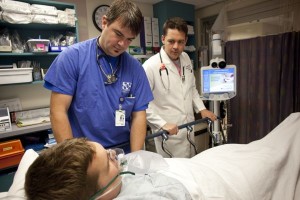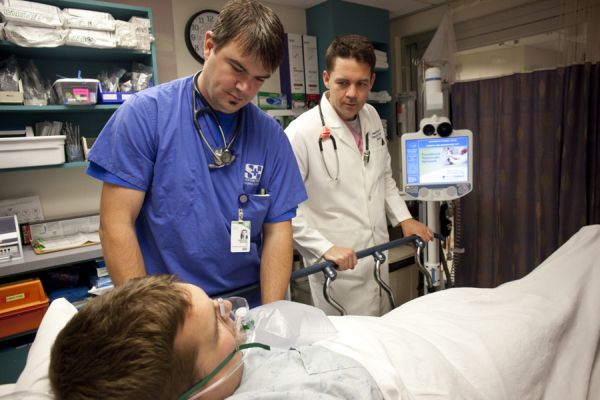
In case of an emergency, actions taken by people around the victim are of crucial importance; unfortunately, not many would volunteer to help. There are various reasons as to why people would rather not help in emergencies and accidents. But the main factor is that many people perceive first aid as complex; hence they may commit some errors which could earn them a lawsuit later on. Experts call this social behavior as ‘bystander effect’. However, you do not really need a first aid certification before you can help. There are many ways by which you can help the victim.
• You can help by simply calling 911 or providing first aid, such as splinting a broken bone, stopping the bleeding or initiating CPR. A good rule of thumb is to provide help that you are confident of doing. Probably, everyone knows how to use 911.
• In an emergency, activating emergency services is an essential step. Calling 911 is the best thing you can do, even if you cannot talk. Usually, emergency services can identify the location of the call and dispatch EMTs to verify if there is an emergency. Usually, these calls are free of charge even in pay phone or non-activated cell phones.
• Do not hang up unless instructed by the operator to do so. Even if you have not received any first aid certification, the operator can guide on what to do to help the victim.
• In case the emergency is not life-threatening, you can take the victim to the nearest emergency department. Ask yourself these questions:
o Does moving the victim require equipment or skills of professionals, such as paramedics or EMTs?
o Could the condition of the victim get worse or become life-threatening along
the way?
o Would traffic or distance cause further delay in getting the victim to the nearest health care facility?
If you answered ‘yes’ to any of these questions, consider calling 911 instead.
• Emergency departments are mandated to provide emergency care regardless of the patient’s ability to pay. Taking the victim to the hospital is also a great way to help.
• If spinal injury is suspected, do not move the victim. Call 911 or your local
emergency phone number and wait for the ambulance to arrive. People who have received first aid certification may need to administer life-saving techniques such as CPR or Heimlich Maneuver.
The first few minutes after an injury or medical emergency are the most important. Bystanders can do so much to help improve the condition of the victim and the outcome of the injury. Concerned individuals and advocate groups and organization such as St Mark James are searching for ways on how to encourage bystanders to help in time of emergencies. Getting more bystanders take first aid classes and get first aid certification is certainly one way of preparing people to help. This is crucial in reducing fatalities due to
emergencies.

